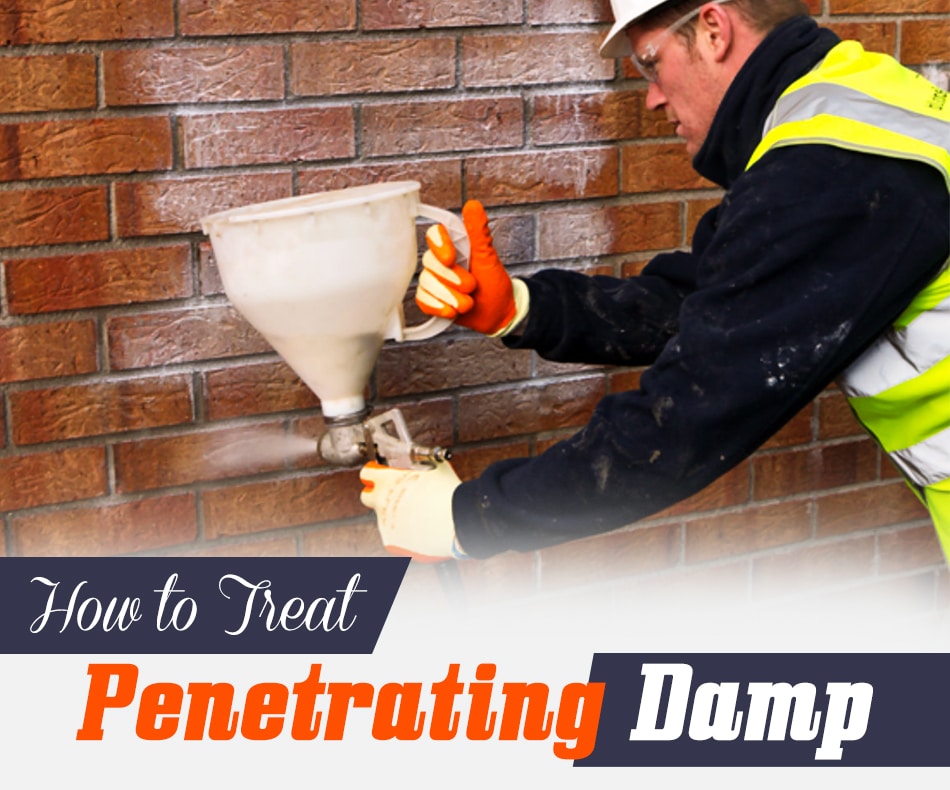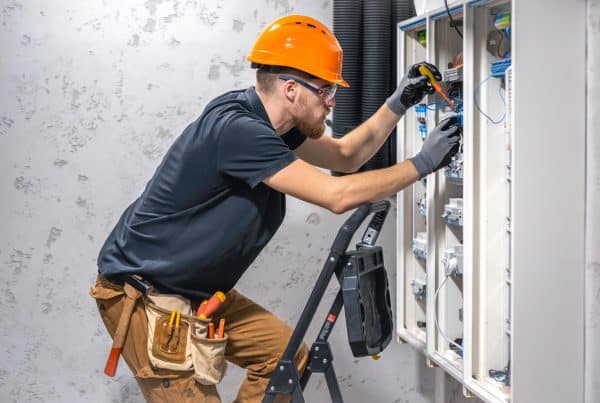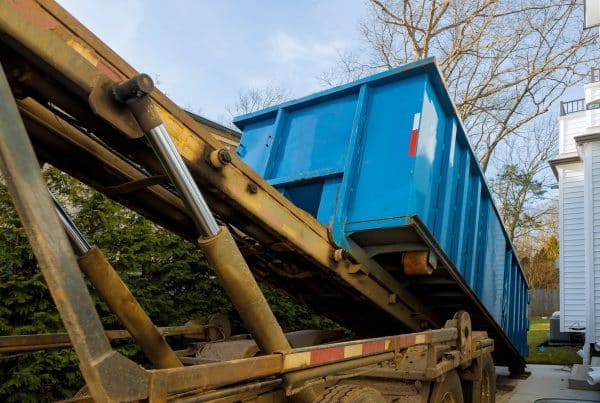Water damage is a common problem in many households. When left unattended, it may cause major damage to your home. Penetrating damp is an example of water damage. It is essential to address the problem at the soonest possible time to avoid worsening the situation.
What is Penetrating Damp?
Prior to determining the solution to penetrating damp, we must understand first everything about it. As mentioned above, it results from water coming outside of your house and penetrating inside. It usually occurs when a defect is present in the outer wall. If you notice damp patches inside, then you should suspect penetrating damp. With time, the patches inside become darker.
Sometimes the patches spread out because of condensation. Worse, black mold may develop on the saturated wall. Penetrating damp is common in windows, thus eventually damage when water penetrates them.
Ways to treat penetrating damp
There are many ways to resolve or treat penetrating damp. But consider the one that best addresses the issue.
Identifying the source of the penetrating damp
The first thing to do to solve the penetrating damp issue is to identify the source. Since the apparent signs are damp patches, then you can easily find the source. The water may penetrate if there are cracks in the wall. Seek help from a damp surveyor if you’re unable to find the source by yourself.
Replace or repair damaged brickwork
Damaged brickwork is the common culprit of penetrating damp. Brick becomes porous as time passes by. Once it becomes porous, it will absorb the moisture from the outer wall. When left untreated, it will cause penetrating damp.
It is easy to identify the cracked bricks. The best thing to do is to replace the damaged bricks. Otherwise, you cannot control the water from penetrating into the inner wall. Keep in mind it requires skills to do the brickwork. A skilled individual can help to achieve the best results and prevent penetrating dampness in the long run.
Repointing damaged mortar
Aside from the bricks, damaged pointing can also cause penetrating damp in your home. Usually, a well-done pointing will last for more than 50 years. But everything deteriorates in time and will need replacement. The moisture will seep into the wall if the pointing is damaged. Thus, the best thing to do is replace it. Again, a skilled worker must do the job.
Repairing or replacing damaged render
If the existing render has damage, the best thing to do is to fix it immediately. You can either repair or replace it to prevent penetrating dampness. It is an enormous task and if you don’t have an idea how to do it, better hire a professional to do the job.
Applying paints, creams, and water-resistant treatments
Waterproofing is one solution to penetrating damp. Using masonry or waterproof paint can help. A flaking masonry paint allows the water or moisture to penetrate. That is why if you notice the masonry paint is flaking, repaint the area immediately. The scope of work depends on the affected area of the penetrating damp. Keep in mind that waterproof paint differs from ordinary paint. So, do not be mistaken and ask the seller about the right product to use.
Seal around windows and doors
If the water seeps into the window, it will lead to penetrating damp. Check if the silicone sealant needs replacement, or if there’s an area that needs adding a sealant. It is a straightforward task and you can do it on your own, but make sure you are knowledgeable about the task. You can watch online videos on how to add silicone sealant around the windows.
Contact the experts in resolving penetrating damp
The minor defects you thought can cause major damage to your property. Many think that resolving penetrating damp is a DIY task. Yes, it can be. But make sure you have the skills to fix the problem. Doing it yourself is applicable if the problem is minor.
If the job is more complex, the best thing to do is to seek professional help. With this, you can ensure everything is done properly, especially when replacement is required. Otherwise, if the job is poorly done, it could cause further damage to the property in the long run.
Fixing penetrating damp may cost a considerable amount of money, even you do it yourself. But may also depend on the damage.
Bottom line
When fixing the penetrating damp issue, it is not enough to fix the outer source. It is also essential to resolve the internal issues. You may employ plasterwork to make the surface damp resistant. The good thing about hiring a damp surveyor is they can rule out rot issues.
Keep in mind that preventing penetrating damp damage is possible if you are vigilant about your property’s surroundings. Make it a habit to check the exterior walls for any cracks or decay.








